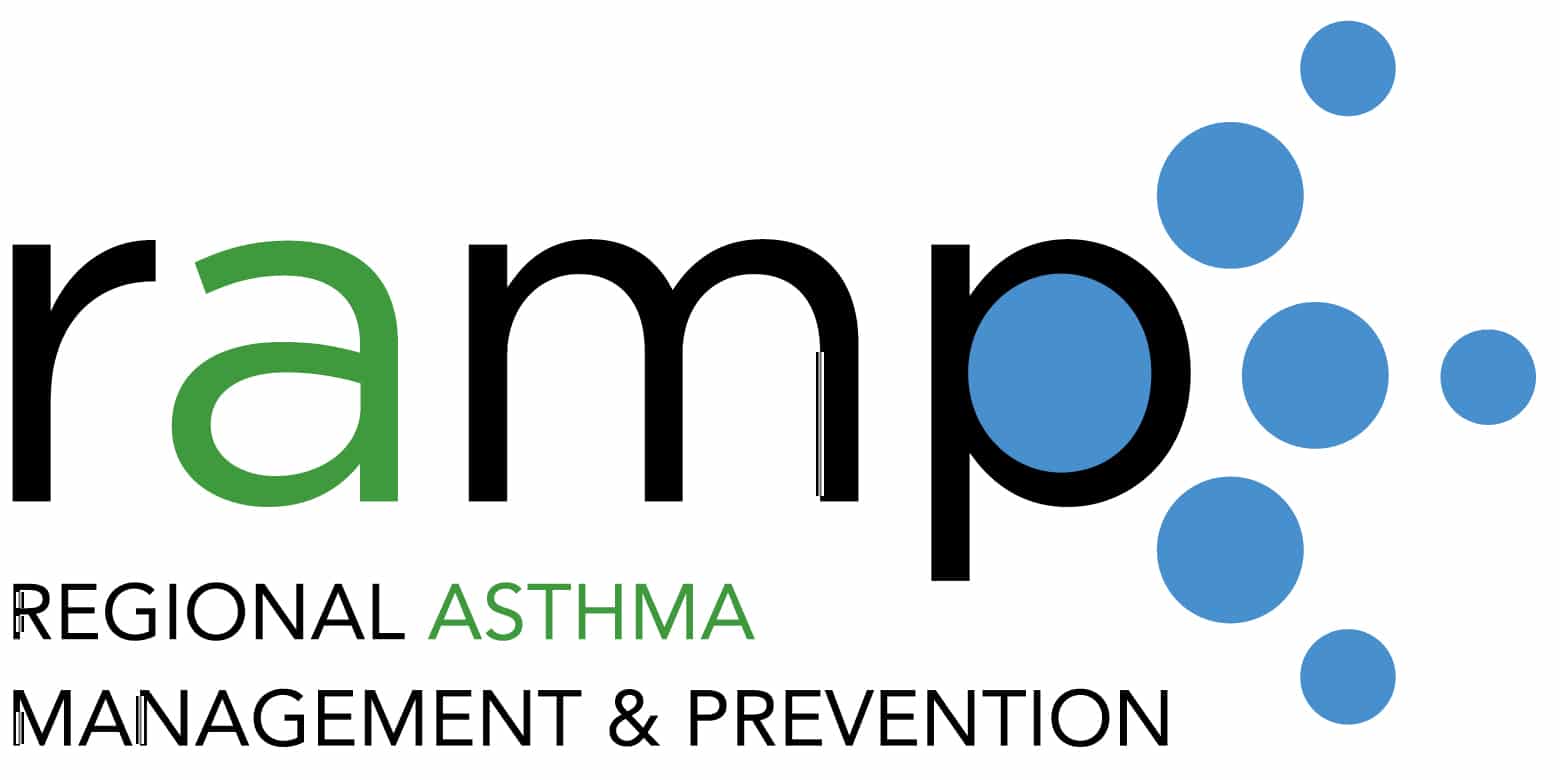With the expansion of telemedicine during the COVID-19 pandemic, public health leaders have hoped that this method of care would increase the ability to reach vulnerable populations. However, a number of challenges have arisen. On October 2, 2020, researchers Thromson et al published an invited commentary titled, “The Pandemic of Health Care Inequity” in the Open Network of the Journal of the American Medical Association. The authors explain, “local patterns suggest a story of differential access to virtual care. During the second quarter of 2020, we saw low rates of telemedicine (ie, audiovisual visits) adoption in clinics primarily dedicated to the care of patients who are unhoused (11 of 2632 visits [0.4%]), patients with limited English proficiency (69 of 2617 visits [2.6%]), and a racially diverse safety-net population (329 of 4477 visits [7.3%]).” They noted that the most common barrier they encounter is lack of access to the necessary technology. They shared, “Our observations are not unique; Nouri et al recently found that patients with socioeconomic disadvantage were significantly underserved by telemedicine visits in March 2020. Citing poor access to technology as a major factor, they described lower rates of telemedicine uptake among patients who were non-White individuals, were older, had low English proficiency, and lacked commercial insurance.” The authors explain that while these challenges are significant, they are not insurmountable. “Cross-sector collaboration among health care systems, local governments, telecommunication companies, schools, community-based organizations, and philanthropic organizations is needed to address inequitable access to critical resources and provide assistance for the members of our communities with the most risk. We must advocate for broadband infrastructure and internet-capable devices for underserved patients.” The comments in this article are noteworthy for health professionals serving patients with asthma. While a lot of asthma care can be successfully conducted through telemedicine, we need to ensure access to those services for the most vulnerable patients. Asthma home visiting programs across California are exploring ways to address the digital gap and identify best practices for providing virtual asthma services during, and possibly beyond, the pandemic.

